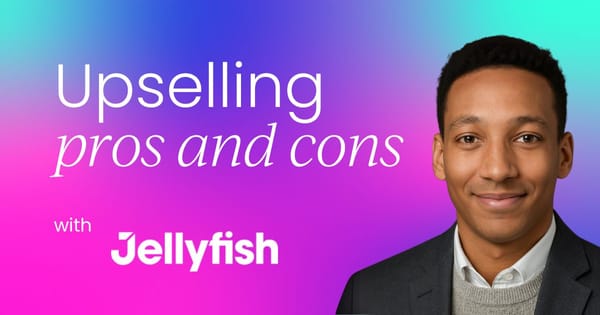Customer success has taken on various meanings and designations over the years. While some organizations still see it as a derivative of customer support, a synonym for account manager, or a niche of sales, the reality is that it’s all of that and more.
In my organization, customer success is multiplicitous: a CSM is a product expert and a customer expert; they own renewals and product support; they function as an owner and generator of revenue.
Many CSMs are responsible for the health and growth of their accounts, and in many B2B SaaS companies, this means securing renewals and generating incremental income, usually in the way of upsells and/or cross-sells.
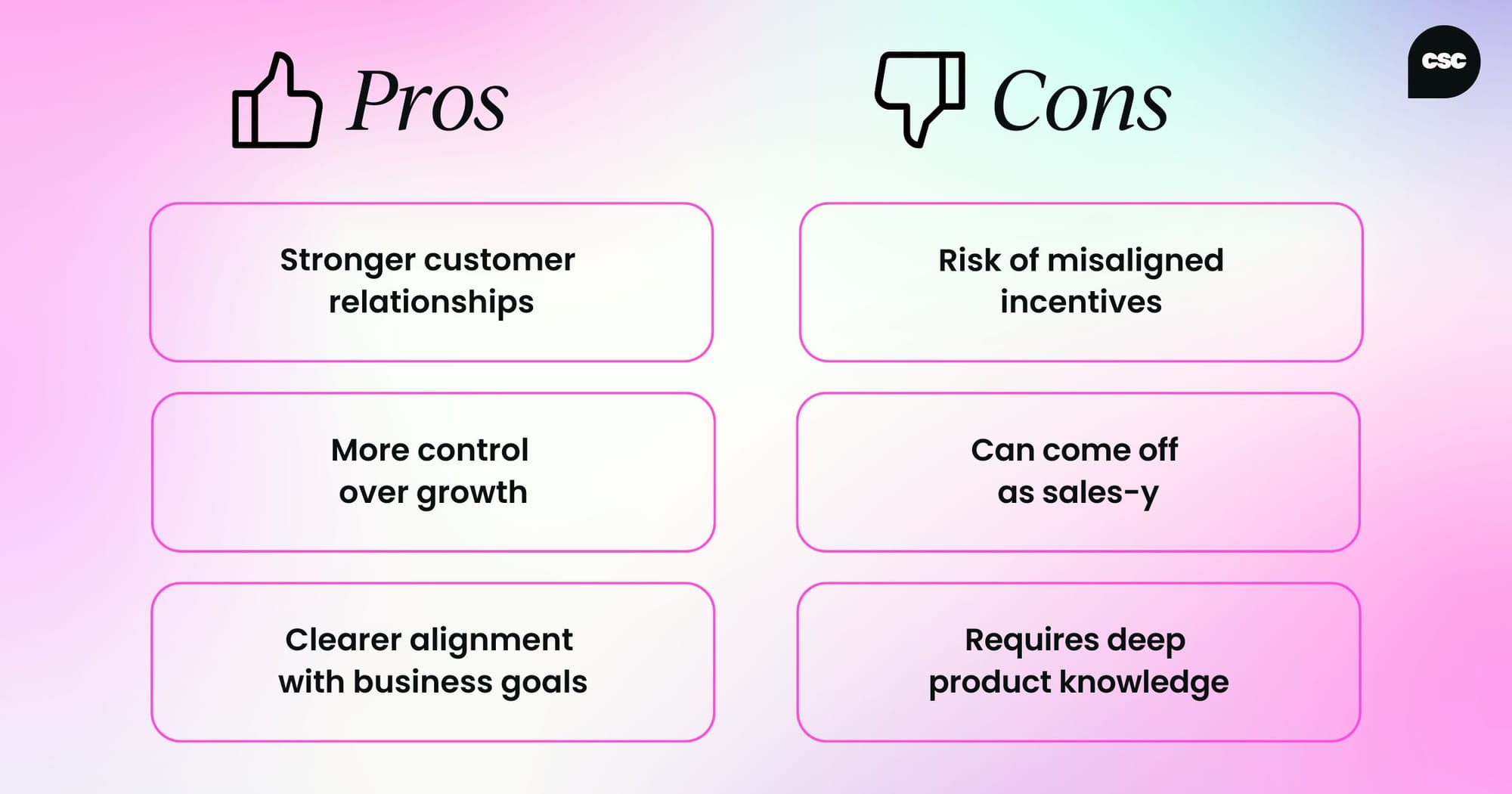
Understanding upselling and cross-selling
Upsell and cross-sell, might remind you of the typical business buzzwords that plague your everyday life (looking at you “circle-back”), but they’re really a part of your everyday life.
What is upselling?
You most likely encounter an upsell or cross-sell opportunity multiple times a day without really thinking about it. Just last week I went to the movies and bought a medium popcorn, they offered to make it a large for just $1 more – that’s an upsell (and one I definitely took them up on!).
Imagine you’re going on a trip and you are looking at flights: you just selected a middle seat towards the rear of the plane, but man, you really want a window seat in business class. Then, then low and behold, a little notification pops up on your screen: “Upgrade to a window seat for $75 or 7,500 miles.” Yes, please, done deal.
This is another example of an upsell that you might encounter in your everyday life. Upsells are a sales strategy designed to entice you with a more costly option, usually at little or no cost to the supplier, to increase revenue per transaction.
What is cross-selling?
Now, cross-selling is a little more complicated in terms of strategy and requires more knowledge of the customer, their needs, and their patience. You’ve probably seen cross-sells before without knowing what they were called. I see this constantly on Amazon – see the picture below.
Let’s say you’re browsing for an Xbox. Detecting your user behavior, Amazon suggests, “Hey, this Xbox would be much more fun if you could play with your friend. Why not get another controller?” Or, they might knowingly propose, “What if your other friend is playing Xbox at his house, wouldn’t you want to talk to them during your game?”
And now you’re being presented with a well-reviewed “best-seller” wireless headset.
Why cross-sells are important
Cross-sells are a vital sales strategy for two very good reasons:
- You’re putting additional relevant products in front of your customer, therefore raising the possible revenue on the sale.
- You’re showing the customer that you know them and their needs. They see these complementary products and think, “Hey, this guy is thinking about my needs before I know them.” This can go a long way for brand loyalty regardless of whether the cross-sell is successful or not.
Implementation in the real world
In my line of work, these strategies can be executed in a variety of ways. One example that can show the benefits of this is a project I worked on with an entertainment client of mine. They were having ongoing issues with their previous analytics solution and had a high-level grasp on the deficiencies they were experiencing and had an idea of where they wanted to be.
The client relied on Jellyfish's standard analytics solution to track ticket sales and campaign performance. However, during a quarterly business review (QBR), I noticed that their team struggled with understanding audience behavior across multiple channels. They expressed frustration with limited insights into how different campaigns influenced customer journeys, especially for high-profile events like concerts featuring A-list artists.
Our team proposed offering the client a complete analytics overhaul, which offered advanced multi-channel attribution modeling, predictive analytics, and real-time reporting.
This solution would enable them to:
- Understand how different marketing channels contributed to ticket purchases.
- Optimize ad spend for maximum ROI.
- Predict demand for upcoming events based on historical data.
Within three months of implementation:
- They increased ticket sales by 18% for a major concert series by reallocating ad spend based on insights from the new analytics tools.
- Their marketing team reported a 25% improvement in efficiency due to real-time reporting features.
- The upsell added $50,000 in annual recurring revenue (ARR) for Jellyfish.
The pros of customer success managers upselling and cross-selling
Now that we understand these two sales tactics, let's explore why they are critical to a customer success organization and essential skills for a customer success manager's toolkit.
Increased revenue
We’ve already touched on this one, so we might as well get it out of the way early. Both upselling and cross-selling have the potential to significantly boost revenue by encouraging customers to purchase additional or higher-tier products, thereby increasing the average order value (AOV) and customer lifetime value (CLV).
Enhanced customer experience
What’s a desk without a chair? When a company executes an upsell or cross-sell strategy, they’re trying to increase the benefit the customer receives from the product. Many companies will offer a base tier plan for their subscriptions, but many customers require the premium version to receive maximum benefit.
Think of Google Analytics. There’s a free version, but if you’re a massive CPG brand, you might not receive any tangible benefit, and even incur consequences, unless you pay for GA4.
Alignment with customer goals
On the note of GA4, the paid version might be the only way your customer can achieve their goals. If you care about accessing your historical data, building and refining audiences, and consistently addressing every stage of your funnel, you probably want GA4.
It’s the CSM’s job to let the customer know when the product they're using no longer serves their goals, and to then help them see they need to upgrade. This can be done as a cross-sell as well.

Let's say your client is using another analytics tool like Adobe Analytics, and they’re complaining about certain features that don’t meet their needs. The CSM then has an opportunity to pitch a cross-sell to GA4 or another tool that offers those features and can fix the customer’s issues.
Competitive advantage
Are you seeing a pattern here? Implementing effective upselling and cross-selling strategies can differentiate a company from competitors by offering a more personalized and value-added experience.
Both upselling and cross-selling give you the opportunity to showcase that you know your customer, increasing both brand loyalty and the lifetime value of the customer. After all, happy customers stay and pay.
Enhanced role for CSMs
By taking on upselling and cross-selling responsibilities, CSMs can expand their role beyond mere customer support, becoming key contributors to revenue growth and customer success.
An effective and competent manager always pushes for the continuous growth of their team, whether this be through educational or practical means. In this case, allowing your CSMs to go out and execute their own upsells will make them true customers and product experts. On the way toward the sale, they’ll gain a better understanding of the products your company offers, as well as how different clients utilize those products, making them more well-rounded.
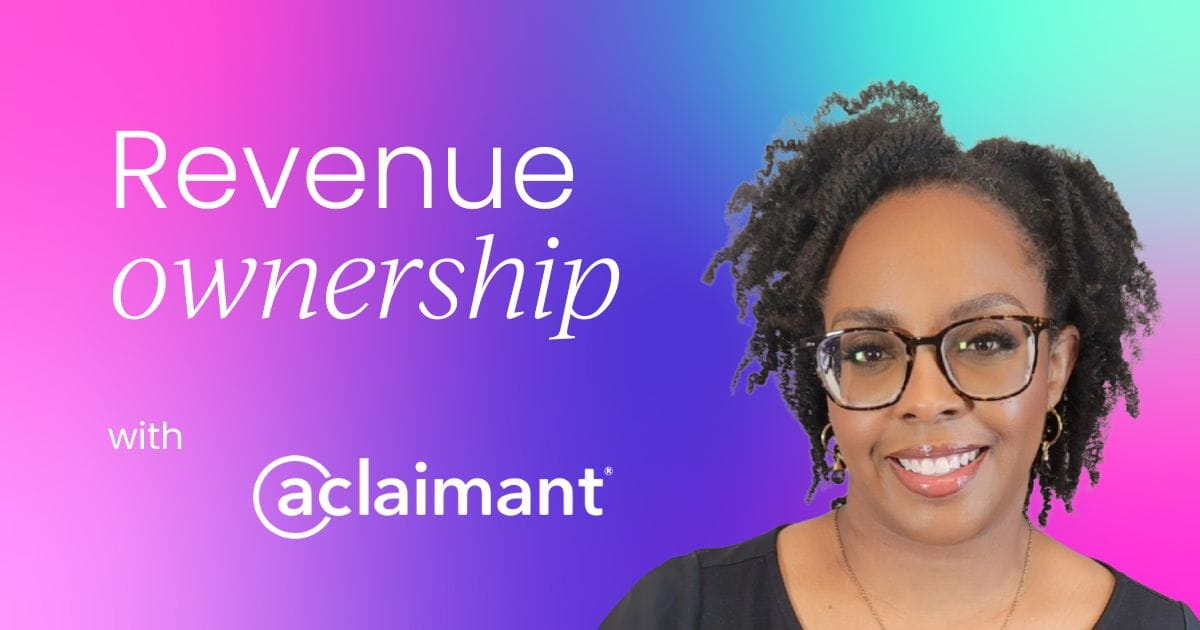
The cons of customer success managers upselling and cross-selling
Believe it or not, it’s not always sunshine and rainbows when executing upsells and cross-sells. Several risks could impact your customer relationship when implementing these sales strategies.
Risk of appearing pushy
If not executed thoughtfully, upselling and cross-selling can come across as overly aggressive or pushy, potentially damaging customer relationships. As much as we don’t want to admit it, sometimes you just need to make the sale, and let the customer come to their own conclusion. If they truly need the product or feature, they’ll let you know and that’s when you pounce.
Misaligned incentives
If CSM incentives are heavily tied to upselling and cross-selling, it might lead to behaviors that prioritize short-term gains over long-term customer success. An overeager CSM might push a multitude of products on a customer that might not be relevant and necessary. You wouldn’t sell a motorcycle driver an air freshener.
Don’t make the mistake of pushing products on a customer that genuinely doesn’t need them.
Timing challenges
Identifying the right moment to upsell or cross-sell can be difficult; approaching too early or late can lead to missed opportunities or negative reactions. Many people say life is about being in the right place at the right time, and making a sale follows the same logic.
Your customer could need the extra feature or the complementary product, but there may be internal blockers like restructures or budget constraints that hinder them from making the purchase.

Complexity in product offerings
Managing a wide range of products for cross-selling can add complexity to the sales process, requiring significant training and resources. An issue that often arises in the career of every CSM, is that they don’t fully understand the product they’re selling, or the needs of the customer they’re selling to.
Even if you think the product would benefit the customer, you might have trouble getting the idea across, or the customer might get confused due to the complexity of the product or the pricing structure. This can lead to the loss of the sale and possibly a damaged relationship if the customer doesn’t appreciate the sales push.
Increased service costs
Cross-selling additional products can lead to higher service demands and costs, potentially offsetting revenue gains. Sometimes the pitch goes great and the customer is super interested, but gasps at the additional costs they might incur. This could be due to anything from data storage costs, to increased support costs from your team’s increased engagement on the account.
Losing an incremental sale this way isn’t the worst thing; you may have better luck in the future once the customer’s budget clears up.

How to successfully upsell and cross-sell
Now that we’ve broken down what upselling and cross-selling really mean – and why they matter – let’s get into the good stuff: how you or your CSMs can actually pull it off. This isn’t about tossing a random product into a call and hoping for the best. It’s about being intentional, strategic, and, most importantly, customer-first.
1. Know your customer (like, really know them)
Before you even think about positioning an upsell or cross-sell, you need to deeply understand what your customer is trying to achieve.
Any recommendation should tie directly to a goal, a pain point, or a usage trend you’ve spotted. Your product usage data, feedback loops, and account history aren’t just helpful – they’re your roadmap. Use them to surface relevant, timely opportunities that actually make sense.
2. Timing is everything
Even the most perfect pitch can fall flat if you drop it at the wrong time. Instead, look for key triggers – contract renewals, bumping up against feature limits, or celebrating a recent success can all open the door.
But don’t force it. Read the room. Know where they are in their journey, and wait for the right signal before you dive into upgrade territory.
3. Keep the experience smooth
Upselling shouldn’t feel like a hard left turn, but the natural next step. If it feels like a detour, something’s off.
The smoother and more intuitive the experience, the better. Be ready to answer the questions before they come up: pricing, impact, implementation… you want to have it all at your fingertips.
4. Sell the outcome, not the feature
Customers don’t care about shiny new features or tech terms, they care about what those features do.
So, lead with the value. Spell it out: less friction, more ROI, fewer headaches. And when you can, back it up with real stories. “Another customer like you saw X after they upgraded.” That’s what sticks.
5. Get your teams on the same page
This should feel like one team, not two departments playing different games. Align your goals – customer success and growth – and make sure everyone’s in sync. Your CSMs should feel confident, equipped, and empowered to have these conversations without sounding like they’re reading from a script.
6. Iterate, always
This isn’t a plug-and-play strategy that works forever. What killed it last quarter might flop this one. Ask for feedback. What worked? What didn’t? Listen to your customers and stay agile. Industry trends shift, competitors move, expectations evolve – your playbook should too.
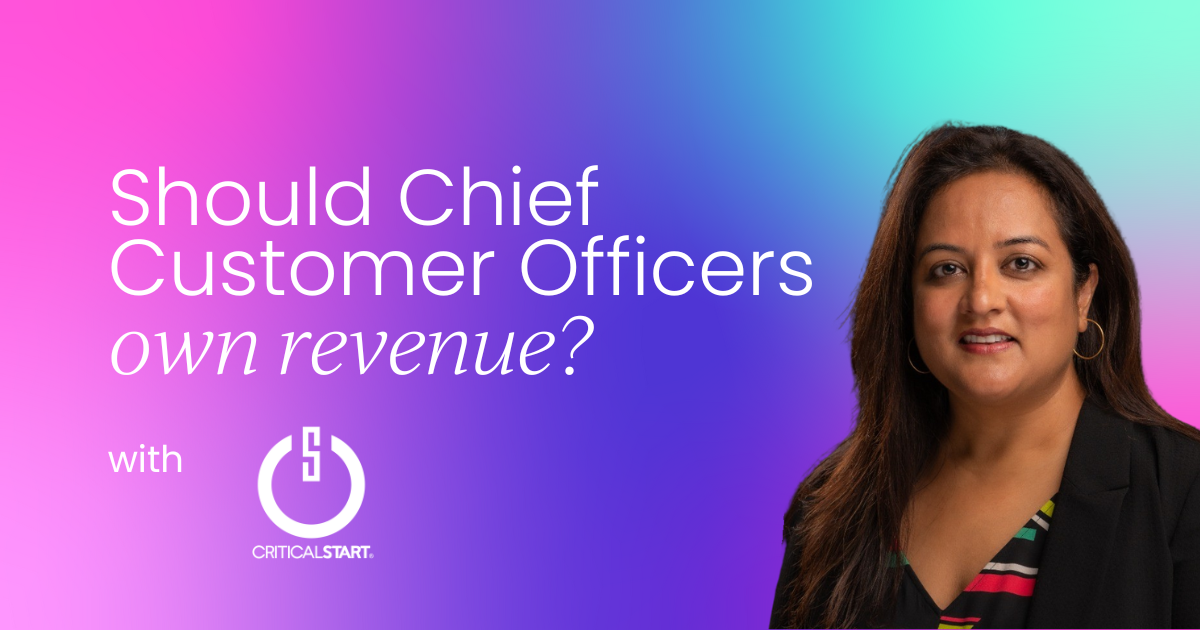
7. Price and package with intention
Don’t make customers do math. Or worse – guesswork. Simple bundles, clear tiers, or “good-better-best” models help guide decisions without overwhelming. And don’t forget loyalty – if a long-time customer is eyeing an upgrade, give them a reason to say yes. Whether it’s a discount, added value, or exclusive perks, a thoughtful nudge can go a long way.
8. Build the relationship first
At the end of the day, trust sells more than product sheets. So what should you do? Lead with value, always; be the partner who gets their business and proactively looks out for them.
No one likes a monolithic approach to relationship-building, so personalize your pitch. Don’t make your client feel like customer #24601.
9. Know who’s worth the pitch
Not every customer is going to be a fit for more. And that’s okay. But what you can do is segment smartly. To begin with, focus your energy on accounts that have the need, the budget, and the potential for long-term growth.
And once you’re done, you can then tie it to their success. If what you’re offering helps them hit their KPIs faster, easier, or cheaper, then hey presto! That’s your in!
10. Don’t ghost after the close
Alright, this part gets overlooked too often, and it’s costing companies. Always close with care, even though you’ve “secured the goods.” To avoid making your customer feel like a commodity, work hand-in-hand with your sales team to ensure the transition from “yes” to rollout is frictionless.
After this, make sure to check in, measure impact, and look for the next opportunity to help them grow.
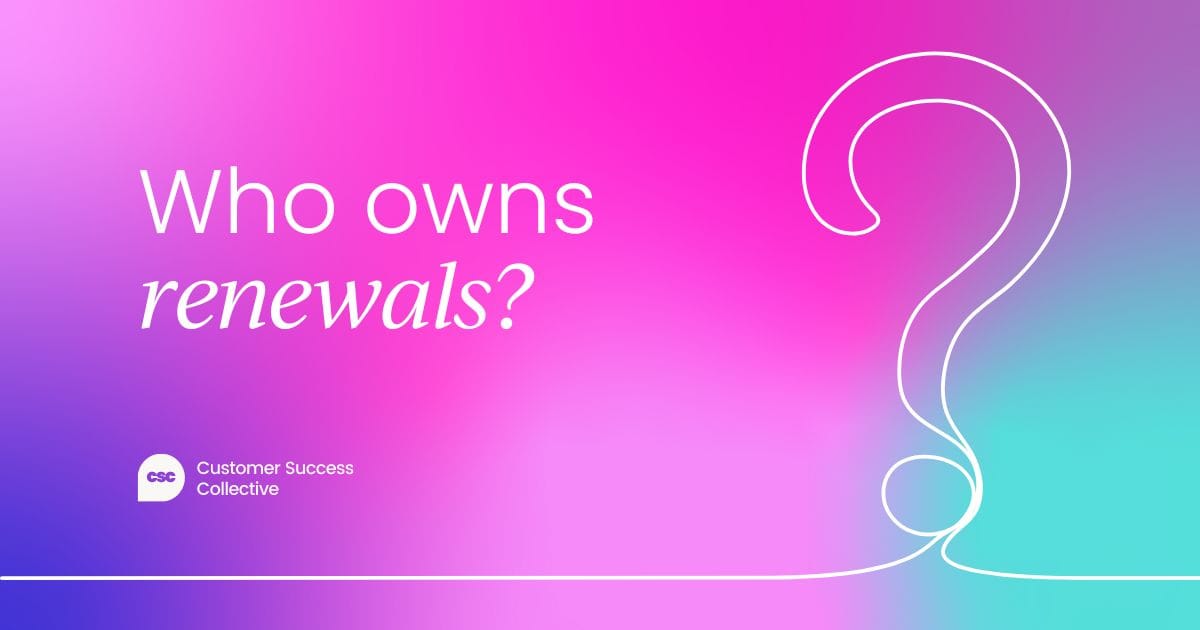
What have we learned?
Upselling and cross-selling aren’t just sales tactics, they’re levers for impact when used with intention. In the hands of a thoughtful CSM, they can deepen relationships, unlock customer value, and drive meaningful revenue growth.
But they’re not without risk. Done poorly, they can erode trust and damage hard-earned credibility. Done well, they reinforce the fundamental principle of customer success: helping customers achieve their goals.
What separates the two outcomes? Context, timing, and a deep understanding of the customer. When these strategies are grounded in empathy and aligned with actual needs, they stop feeling like a sales pitch and start feeling like good advice.
As CS leaders, we have an opportunity here. An opportunity to shift the narrative – away from "sales encroachment" and toward "value expansion." This is about meeting customers where they are, guiding them toward where they want to go, and equipping our teams with the tools to make that happen.



 Follow us on LinkedIn
Follow us on LinkedIn






